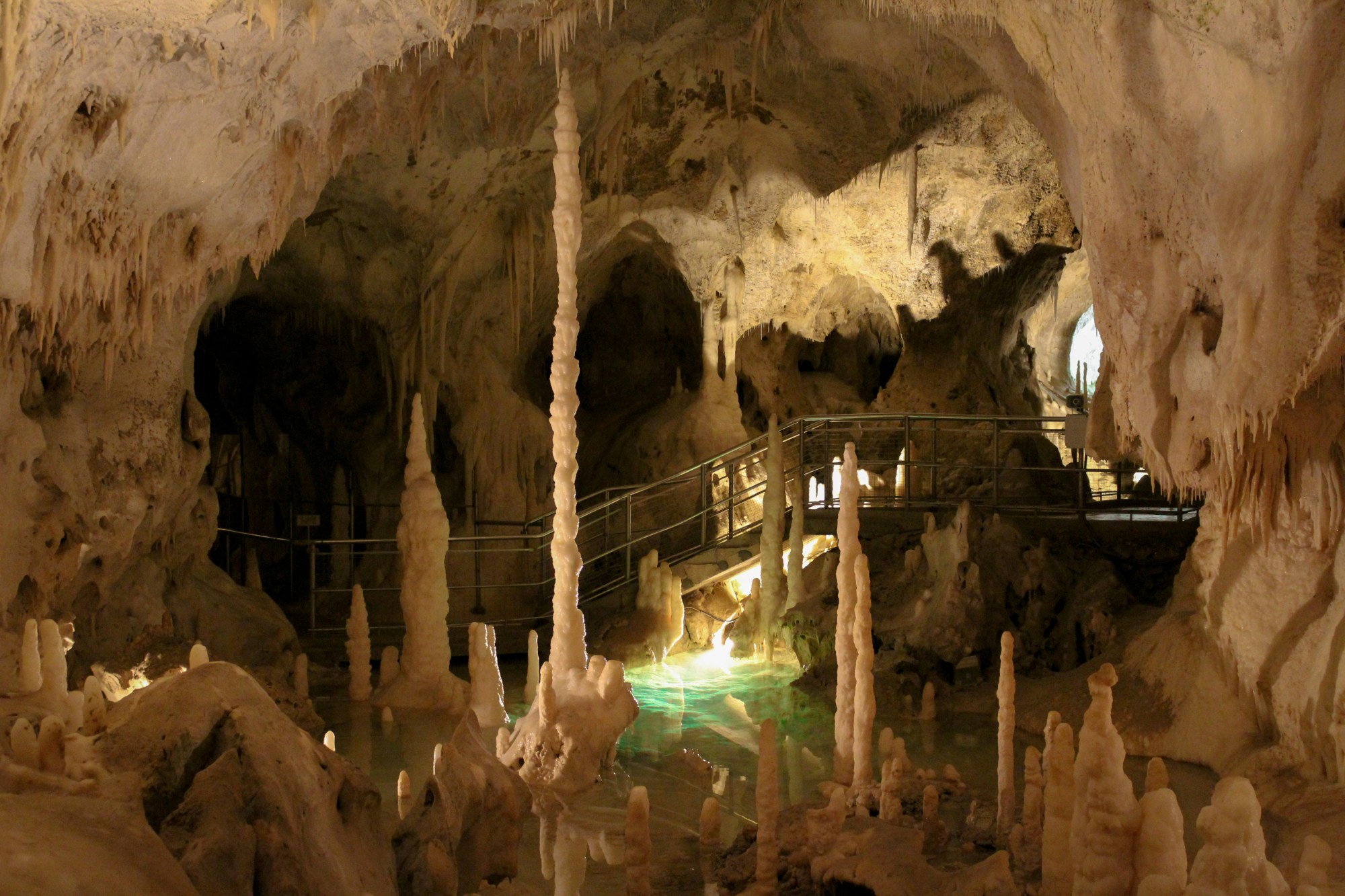
Curator’s statement
Italy is a country renowned for its sun-drenched landscapes, rich history and exquisite cuisine. Yet, beneath its picturesque streets and rolling hills lies a hidden world of subterranean wonders waiting to be discovered. From the labyrinthine catacombs of Rome, where early Christians found refuge and burial, to the ancient aqueducts of Naples that once provided life-sustaining water, and the remarkable underground city of Orvieto, with its mysterious Etruscan origins, these underground sites offer a unique glimpse into Italy’s past. Exploring these hidden gems not only reveals the ingenuity and resilience of ancient civilizations but also provides a thrilling adventure for modern travelers. In this blog, we will delve into the historical significance of these underground attractions and offer practical tips for visiting, ensuring you make the most of your journey into Italy’s fascinating underworld.
The Fora Difference
Book with Marc to access exclusive perks and experiences on your trip.
Killer perks
Free upgrades, spa credits and more—we got you
Personalized recs
Customized travel planning for your style
Insider knowledge
Expert advice from people who’ve actually been there
Where to stay in Italy
Unlock perks by contacting Marc to book your trip.
Things to do in Italy

Underground attractions in Italy
The Catacombs of Rome
Historical significance: Rome's catacombs are a labyrinthine network of underground burial sites used by early Christians. These catacombs, carved into soft volcanic rock, served as burial places and safe havens during times of persecution. The most famous catacombs include those of San Callisto, San Sebastiano and Domitilla. These catacombs are not just burial sites but also home to intricate frescoes and carvings that depict early Christian symbols and scenes from the Bible, offering invaluable insights into early Christian art and beliefs.
Visiting tips: Most catacombs can only be visited through guided tours. These tours are not only informative but also necessary for navigating the complex networks safely.
Dress appropriately: Modest clothing is recommended, as these are religious sites. Additionally, the temperature underground is cooler, so bring a light jacket.
Book in advance: To avoid long waits, especially during peak tourist seasons, it's advisable to book your tour in advance.
The Ancient Aqueducts of Naples
Historical significance: Naples, a city renowned for its vibrant street life and pizza, also boasts a hidden network of ancient aqueducts. These aqueducts, dating back to Greek and Roman times, once supplied the city with fresh water. Over the centuries, they have served various purposes, including as air-raid shelters during World War II. The most notable section accessible to the public is the "Napoli Sotterranea" (Naples Underground), which includes ancient cisterns and tunnels.
Visiting tips:
Comfortable footwear: The underground paths can be uneven and slippery, so wear sturdy, comfortable shoes.
Guided experience: Opt for a guided tour to fully appreciate the historical context and engineering marvels of the aqueducts.
Photography: While photography is generally allowed, ensure you check with your guide, as some areas might have restrictions.
The Subterranean City of Orvieto
Historical significance: Orvieto, perched atop a volcanic rock cliff in Umbria, harbors a fascinating underground city. Beneath its charming medieval streets lies a network of tunnels, caves and wells that date back to Etruscan times. These subterranean structures were used for various purposes, including storage, workshops and even as escape routes during sieges. The most famous feature is St. Patrick's Well, a remarkable engineering feat with a double-helix staircase designed to provide water during sieges.
Visiting tips: St. Patrick's Well: Don’t miss visiting this well, which is not only an architectural wonder but also offers a cool respite from the summer heat.
Underground tours: Join one of the guided tours of Orvieto’s underground city to explore ancient olive oil mills, cisterns and Etruscan tombs.
Combine with a day trip: Orvieto’s above-ground attractions, such as its stunning cathedral and picturesque streets, make it perfect for a combined day trip exploring both the surface and subterranean wonders.
Additional Underground Attractions
The Crypts of Bologna
Bologna, known for its academic history and culinary delights, also hides intriguing crypts beneath its historic churches. The Crypt of San Pietro, for example, is a hidden gem beneath Bologna’s cathedral, showcasing stunning architecture and ancient relics.
The Subterranean Caves of Matera
Matera, a UNESCO World Heritage site, is famous for its "Sassi" cave dwellings. These ancient homes, carved into limestone cliffs, offer a unique glimpse into early human settlements. The subterranean network includes homes, churches, and cisterns, all connected by a maze of narrow passages.
Visiting Tips for Additional Sites
Plan ahead: Check opening hours and tour availability, as some sites may have limited access or require prior reservations.
Local guides: Hiring local guides can enhance your experience with detailed historical insights and personal anecdotes.
Respect the sites: Many of these underground attractions are delicate historical sites, so follow guidelines and respect restricted areas to help preserve them.
Places to eat & drink in Italy

La Pergola (Rome)
Perched atop the Rome Cavalieri hotel, this three-Michelin-star restaurant offers a breathtaking view of Rome along with an exquisite Mediterranean menu crafted by Chef Heinz Beck.
Palazzo Petrucci (Naples)
Located by the sea in the Posillipo area, this Michelin-starred restaurant provides a stunning dining experience with innovative Neapolitan cuisine and beautiful views of the Bay of Naples.
Trattoria La Palomba (Orvieto)
This cozy, family-run trattoria in the heart of Orvieto serves authentic Umbrian dishes, including their renowned pigeon stew, in a rustic and welcoming setting.
Ristorante Mattozzi (Naples)
Known for its traditional Neapolitan dishes, this historic restaurant offers a taste of classic Naples, including their famous pizza and seafood specialties.
Antica Pesa (Rome)
Located in the charming Trastevere neighborhood, this historic restaurant has been serving traditional Roman cuisine since 1922, with a menu that combines classic flavors with modern elegance.

Travel Advisor
Marc Scholnick

Get in touch with Marc
Did you like this guide? Reach out to customize and book your own experience. Or, just to chat about travel in general.
You can normally expect a response from Marc within a business day or so. You’ll also be subscribed to our travel newsletter (you can unsubscribe at any time).
This guide is part of our ongoing series on travel to Italy. Looking for more travel inspiration? Check out my guide, Off the Beaten Path in Italy: Exploring Hidden Gems and Charming Towns.